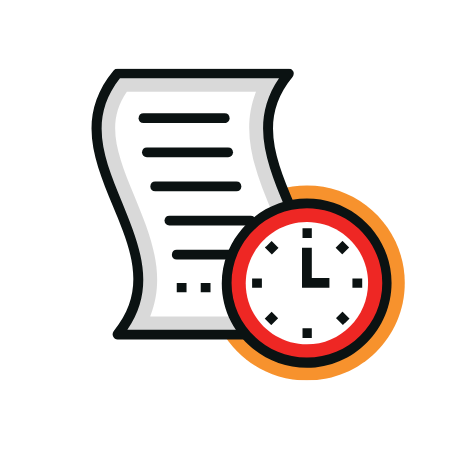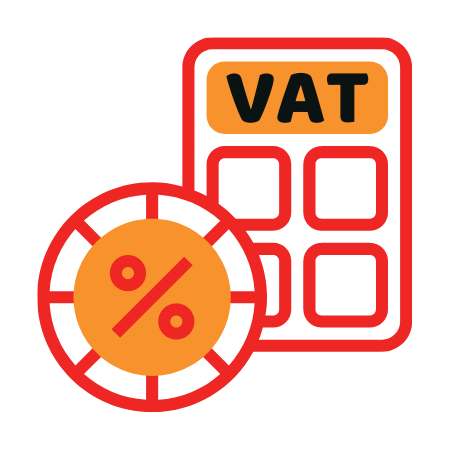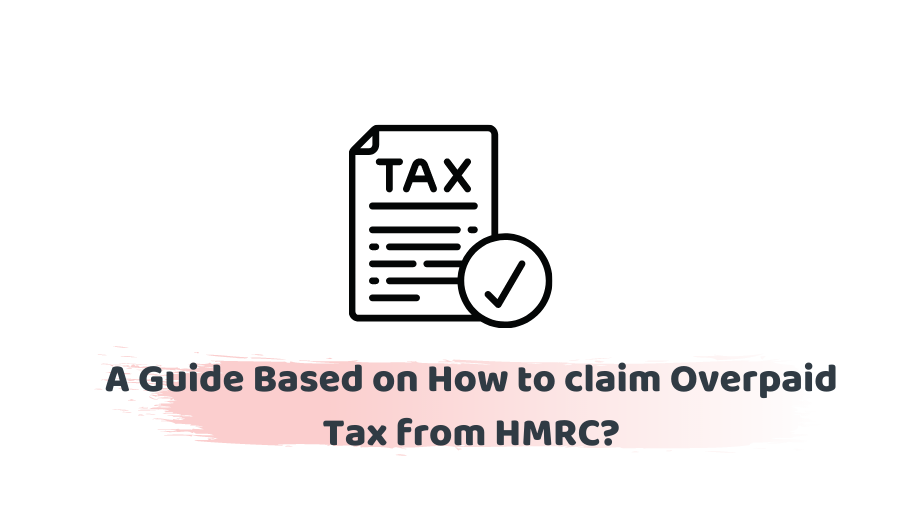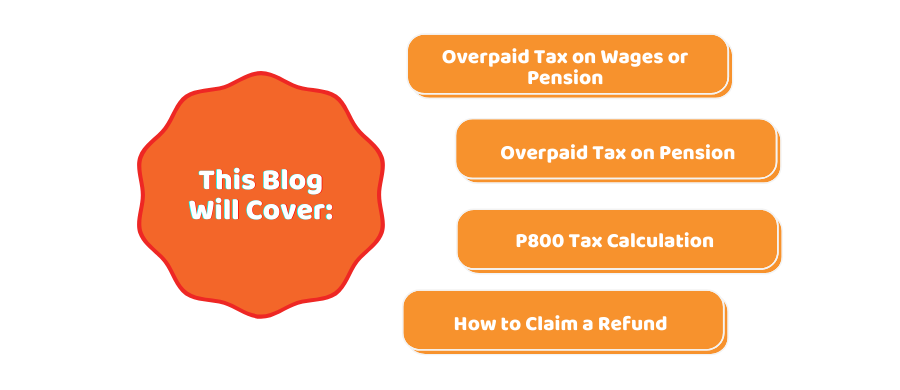If you are wondering about overpaid tax that you might have paid on your pension or the wages, and don’t know the process to claim it back. We have got you covered. This article is based on all you need to know about how to claim it. In case, you get income in form of pension or employment and you pay the tax through PAYE.
It is normal that you overpaid tax mistakenly. There can be a number of reasons, which will be discussed here. This includes:
- Overpaid Tax on Wages or Pension
- Overpaid Tax on Pension
- P800 Tax Calculation
- How to Claim a Refund?
Interested in ACCOTAX? Why not speak to one of our qualified accountants? Give us a call on 0203 4411 258 or request a callback. We are available from 9:00 am – 05:30 pm Monday to Friday.
Overpaid Tax on Wages:
You may have paid an excessive amount of tax if:
- you began to brand new business and had an emergency tax code for a while
- your organisation changed into the use of the incorrect tax code
- you simplest had an activity for a part of the tax year
- you had a couple of business activities at the identical time
- different earnings which HM Revenue & Customs (HMRC) tax and your tax code has changed
- you had no taxable incomes or advantages for the relaxation of the tax year
- your situations modified, you changed from full-time to part-time work
Overpaid Tax on Pension:
You may have paid an excessive amount of tax for your pension earnings if:
- your pension issuer changed into the use of the incorrect tax code
- your taxable earnings have been reduced
- the quantity of pension for your tax code changed into wrong
- you paid an excessive amount of tax on a pension lump sum
In such situations, HMRC’s P800 tax calculation system, can also additionally suggest you, as HMRC may not provide compensation automatically. If you haven’t acquired a P800 tax calculation from HMRC, and you’ve got overpaid tax, you’ll want to make a reclaim for a tax compensation.
P800 Tax Calculation:
Throughout the tax year, your organisation or pension company offers HMRC info of the whole of earnings you’ve received. How a complete tax you’ve got paid and any other benefits-in-type you’ve earned in the tax year. Banks and constructing societies also are advising HMRC of the information about the paid money and that owed held for your name.
Get an instant quote based on your requirements online in under 2 minutes, Sign up online or request a callback.
Using these statistics, HMRC considers the cease of the tax year. This way they prepare all the details they have got to know whether or not you’ve paid the proper amount of tax. If HMRC assumes you haven’t paid the proper amount of tax, they ship you a P800 tax calculation. This calculation will display you what tax HMRC knows and what have you paid. P800s are typically despatched out within the time of June and October after the cease of the tax year.
How to Claim a Refund?
If you know that you’re overpaying tax via PAYE in a particular tax year, then there may be a hassle together along with your tax code. If you’re receiving a pension, you must inform HMRC why you’ve paid an excessive amount other than the required amount. You can try this online, with the use of your Personal Tax Account.
Before you inform HMRC, you may want to acquire together:
- your non-public information along with your complete address, date of delivery and National Insurance number
- estimates of your income and pensions from every supply for the present tax year.
Ensure you have a record, in a personal diary for further references of:
- the date and time of the telephonic call
- the call of the adviser you spoke to
- and what stated between you and the HMRC adviser
HMRC might also have already got the whole information they want to test, however you may need extra statistics.
Conclusion:
To sum up the discussion, we can say that there can be many reasons that may lead to overpaid tax. However, if the refund claim is handled well, there will not be any issues in getting the overpaid amount back. We hope this article has developed a better understanding.
Can’t find what you are looking for? why not speak to one of our experts and see how we can help you are looking for.
Disclaimer: This article intends to provide general information on overpaid tax and how to claim a refund.






















































